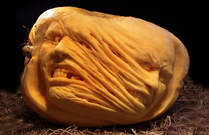
◄ Carved by American Artist Ray Villafane; Photo source:
http://designcollector.net/likes/pumpkin-carving-by-ray-villafane
THE ORIGINS OF HALLOWEEN
The ancient Celtic harvest festival Samhain, enriched by the Roman festivals of Feralia [commemorating deceased ancestors], Pomona [Roman goddess of fruit trees, gardens, and orchards], and Lemuria [exorcising malevolent ghosts of the dead and evil spirits -- lemurs -- from their homes], is recognized as the origin of our modern Halloween.
romae.org/blog/the-roman-origins-of-halloween/ http://romae.org/blog/2008/10/22/the-roman-origins-of-halloween/ Image by Paolo da Reggio via wikimedia commons, used under a CC BY SA 2.5 license.
[Don't forget, at the time of Christ, the Celtic Empire encompassed most of what we know as Europe. So the Celts are not only from the British Isles.]
Samhain (pronounced "sow-in" or "sah-van") is Irish-Gaelic for "the summer's end" and represented the death of Lugh, the summer sun god. It was the third day of a Druid festival and began at dusk on October 31, marking the change of the seasons and the beginning of the Celtic new year.
In the Middle Ages, after Christianity had taken hold, the festival was renamed All Saints Day and All Souls Day when Pope Gregory IV confirmed celebration of All Saints Day on November 1 and All Souls Day on November 2, coinciding with the festival of Samhain.
LET THERE BE LIGHT
One of the practices of the ancient Celtic festival was casting the bones of slaughtered cattle into a large bonfire. Samhain, as the point in the year ushering in the "dark season", was believed to be the night when a kind of door opened to the Otherworld, allowing the dead to return to where they had lived and letting spirits roam the earth. Part of the ceremony of Samhain was providing hospitality for the dead ancestors.
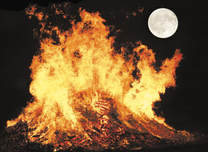
WHAT DOES THIS HAVE TO DO WITH JACK-O'-LANTERNS?
There is a connection, I promise, but I lack the ”pithy gene” and it takes me a while to get to the point.
During the Middle Ages, the festival remained, but the bonfires got smaller and smaller until they were replaced by lanterns carved out of turnips and gourds, which were plentiful and inexpensive. These vegetables were hollowed out and pierced to allow the light of hot embers to shine through. They were still intended to ward off evil spirits.
The practice of carving the gourds grew in Europe, and scary faces carved in the vegetables began to look like the evil spirits they were supposed to scare away.
Turnip photo by Rannphairti Anaithnid
Wikipedia Commons https://www.annieandre.com/
- Photo Source: http://www.globeslcc.com/ The National Museum of Ireland- Country life. Photo Source: https://munchies.vice.com

But alas, they soon discovered turnips weren't in abundance in the new world, but pumpkins were. Voilá. Here we are today.
One of the myths the Irish brought to America was about a man nicknamed "Stingy Jack." The story goes that Stingy Jack invited the Devil to have a drink with him, then didn't want to pay for the drinks. So he persuaded the Devil to take the form of a coin Jack could use it to buy their drinks.
When the Devil turned himself into a coin, Jack decided to keep the money and put it in his pocket where he kept a silver cross, which supposedly kept the Devil from turning into his original form.
Finally, Jack bargained with the Devil and agreed to free him on the condition he wouldn't bother Jack for one year and that, should Jack die, the Devil wouldn't claim his soul.
After a year, Jack again coerced the Devil into climbing a tree to pick a piece of fruit. While the Devil was in the tree, Jack carved the sign of the cross into the tree's bark, preventing the Devil from coming down. Jack agreed to let him down if the Devil didn't bother him for ten years.
Unfortunately, not long after, Jack died, but God would not allow such an unsavory figure into heaven. The Devil, upset by the trick Jack had played on him, kept his word not to claim Jack's soul, so he couldn't take Jack into hell. Instead, he sent Jack packing on a dark night with only a burning coal to light his way.
Jack put the coal into a carved-out turnip and has roamed the Earth with ever since. The Irish began to refer to this ghostly figure as “Jack of the Lantern,” and then, simply “Jack- O’-Lantern.”
[Reworded slightly from History of the Jack 0' Lantern. http://www.history.com/topics/halloween/jack-olantern-history]
THE FINE ART OF PUMPKIN HUMOR
But we are not finished. Oh, no. Americans may have inherited the art of pumpkin carving from the Europeans, but we have taken it to new heights with our imagination and spirit of adventure.
Minion Halloween Eye on a plate
https://weheartit.com https://www.pinterest.com
●Pumpkins are native to the western hemisphere.
●Pumpkins are not a vegetable - they are a fruit! Pumpkins, like gourds, and other varieties of squash are all members of the Cucurbitacae family, which also includes cucumbers, gherkins, and melons. http://www.pumpkincarving101.com/pumpkin_carving_history.html
●The United States' major pumpkin states produce over one billion pounds of the vegetable/ fruit annually, worth over $100 million. Illinois produces more pumpkins than any other American state.
● In 2016 Steve Connolly from Sharon, MA managed to grow a giant pumpkin weighing 2,075.5 pounds, setting a new record in the state of Massachusetts.
HAVE A HAPPY HALLOWEEN.
Sources
http://www.history.com/topics/halloween/jack-olantern-history
http://www.pumpkincarving101.com/pumpkin_carving_history.html
http://www.motherearthliving.com/natural-health/history-of-carving-pumpkins
http://www.pumpkinnook.com/facts.htm
http://www.livescience.com/5831-carve-pumpkins-turnips.html
https://www.forbes.com/sites/kristinakillgrove/2015/10/31/how-the-ancient-romans-gave-us-bones-of-the-dead-cookies-for-halloween/#49c61a0f438a
https://www.youtube.com/watch?v=hSvb2o5wyEI
https://topsfieldfair.org/giantpumpkins.php
http://romae.org/blog/2008/10/22/the-roman-origins-of-halloween/
https://alphamom.com/wp-content/uploads/2013/09/CreeperPumpkins21.jpg
https://www.instructables.com/id/Spooky-Edible-Eyeballs/
https://www.pinterest.com/1inspiredwoman/fruit-vegetable-carvings/?lp=true
http://www.globeslcc.com/2014/10/30/halloween-facts-origins/
https://www.urbanorganicgardener.com/2015/10/the-halloween-turnip-an-american-history/
https://munchies.vice.com/en_us/article/pgx58g/evil-irish-turnips-were-the-original-jack-o-lanterns
https://www.annieandre.com/carve-scary-turnip-jack-olantern-halloween-not-pumpkin/
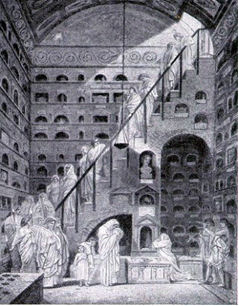
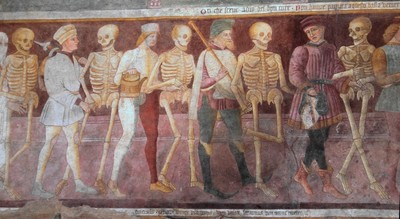
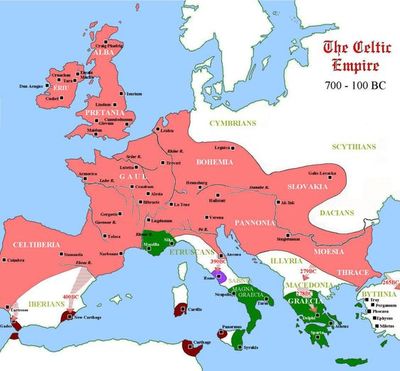
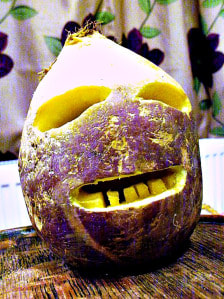

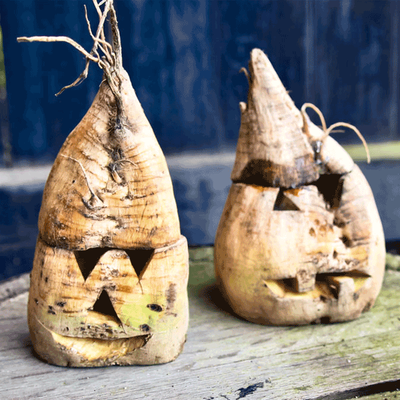
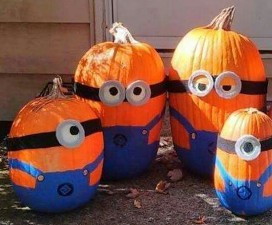
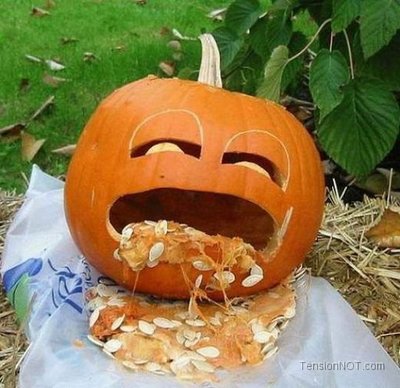

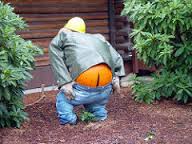
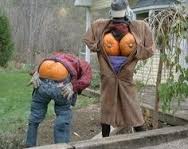
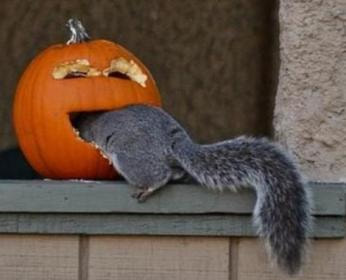
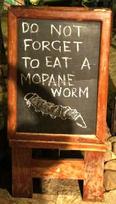
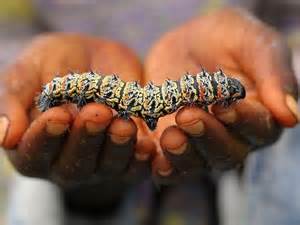

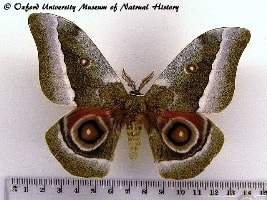
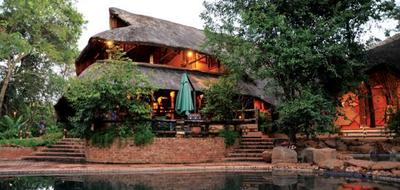
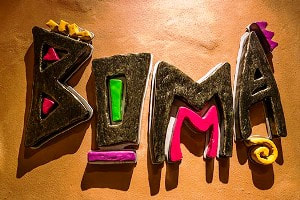

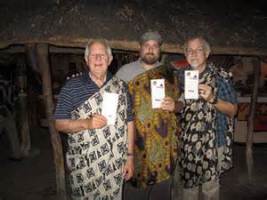
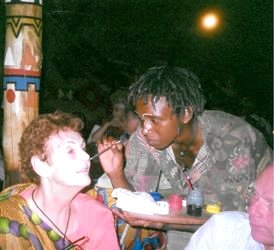

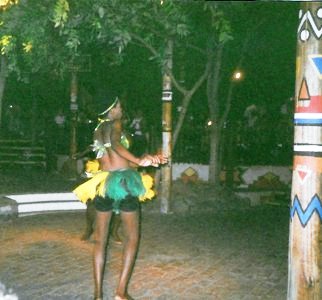
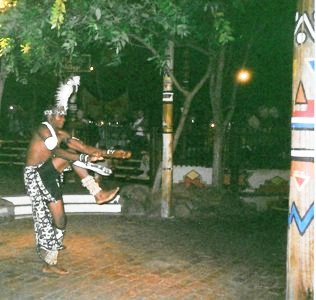
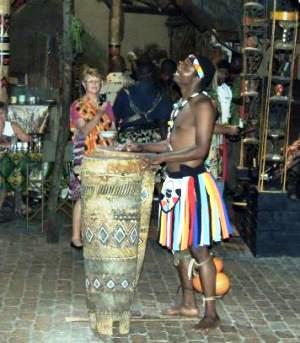
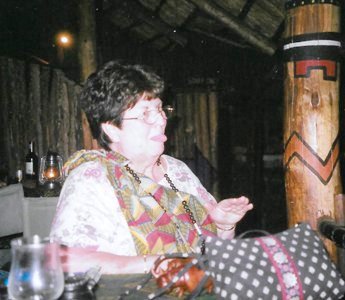
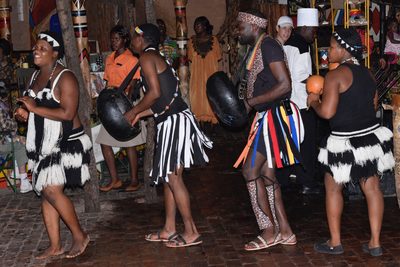
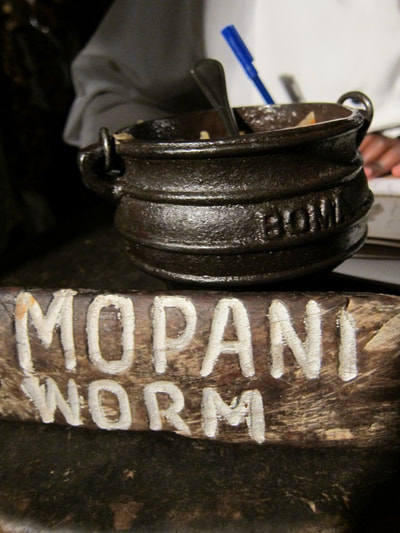
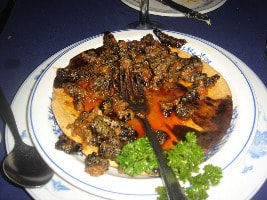
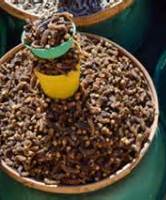
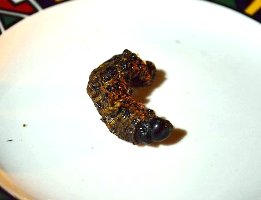
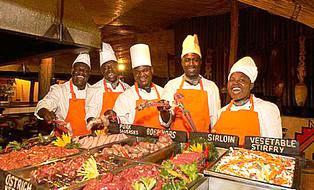
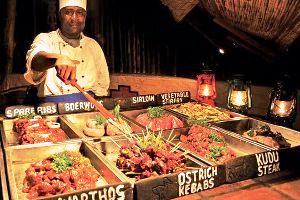
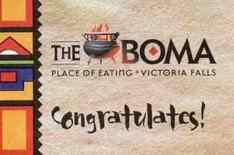
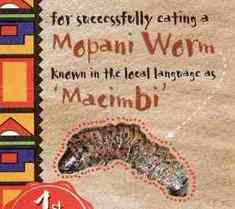


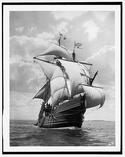
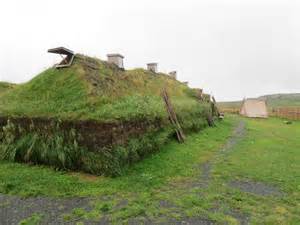
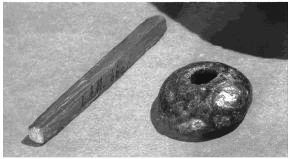
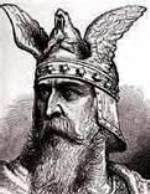
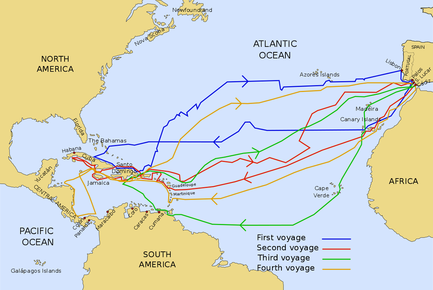
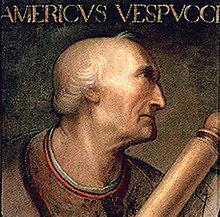
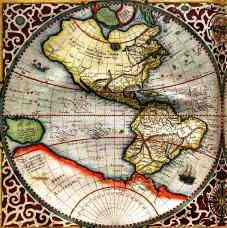
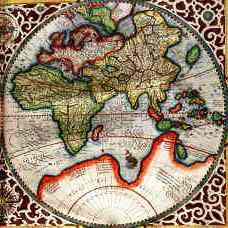
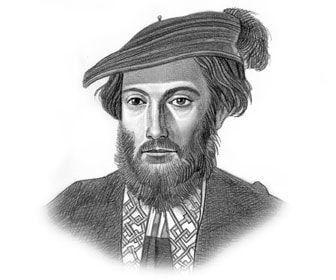
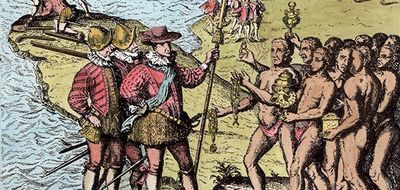
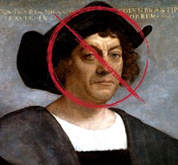
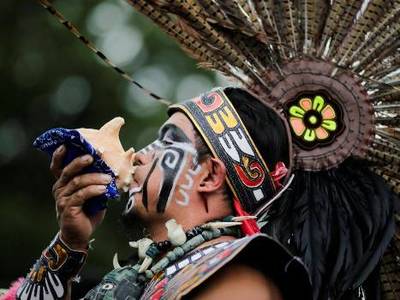
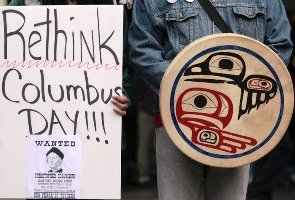
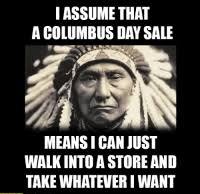





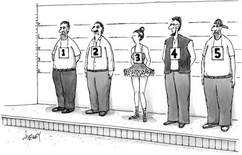







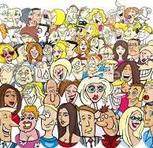




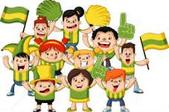
 RSS Feed
RSS Feed